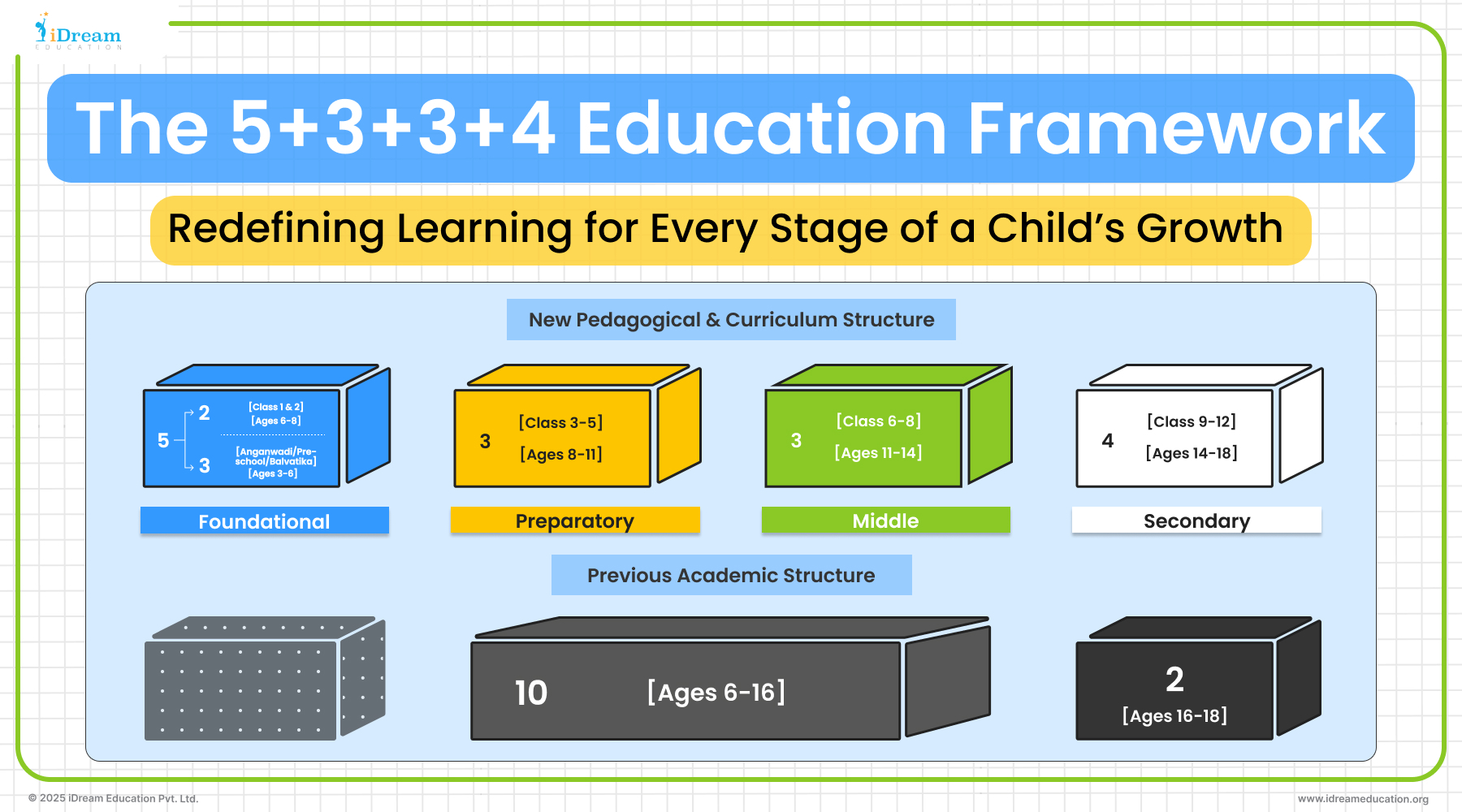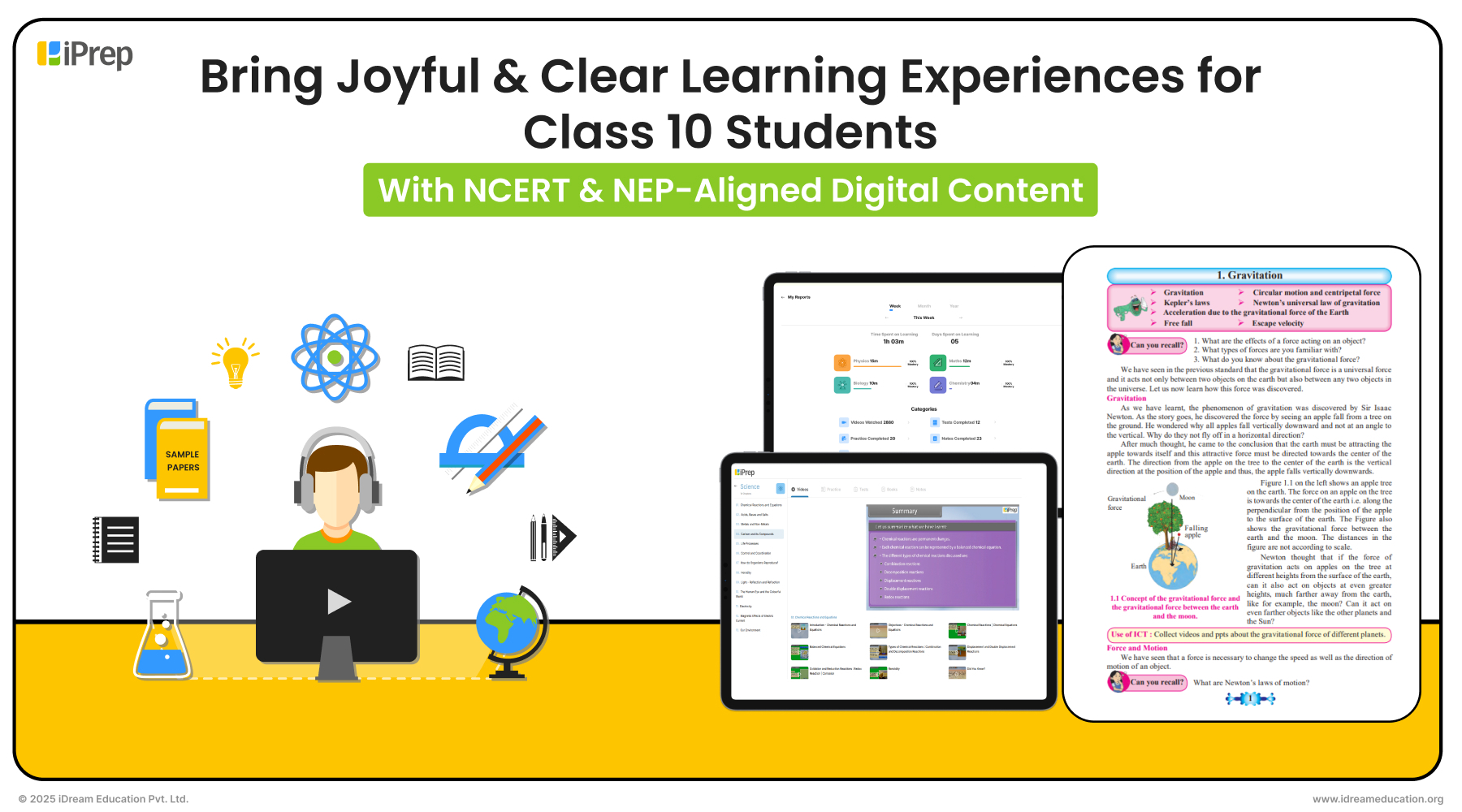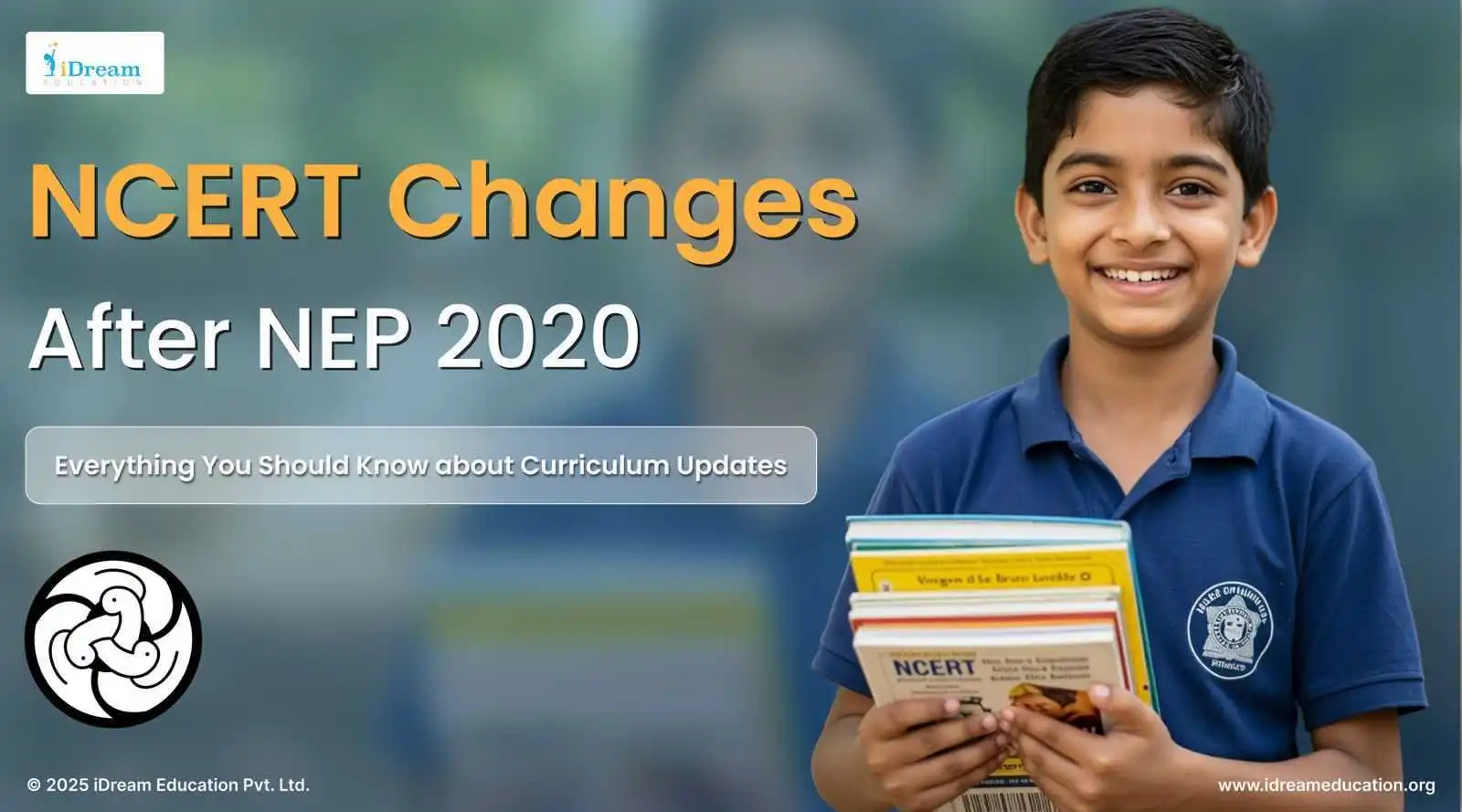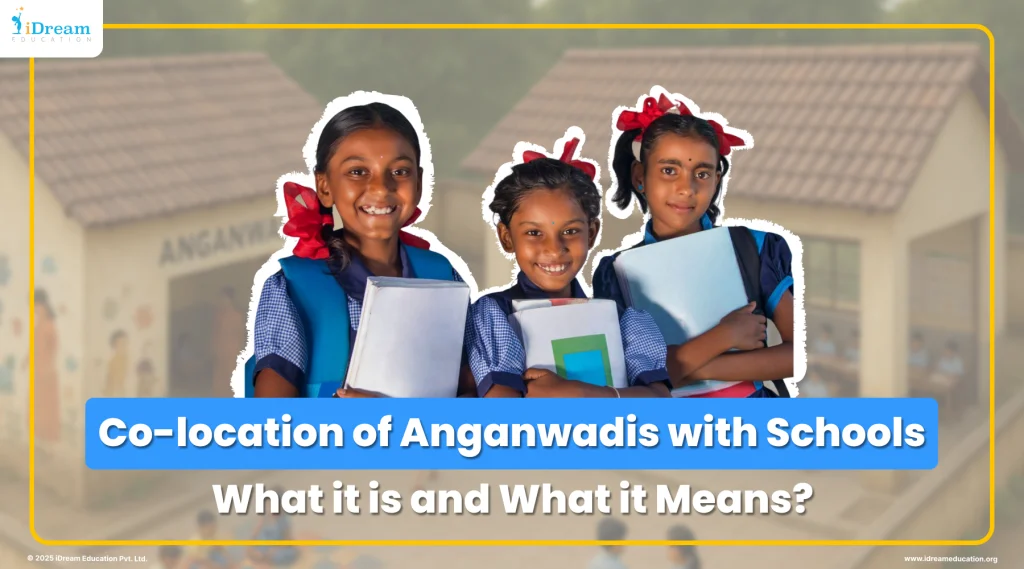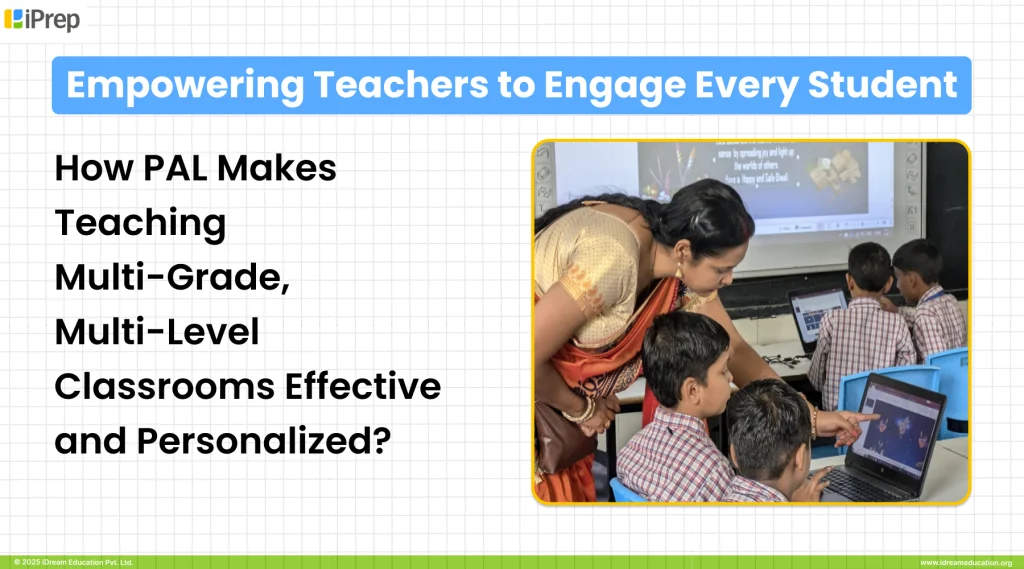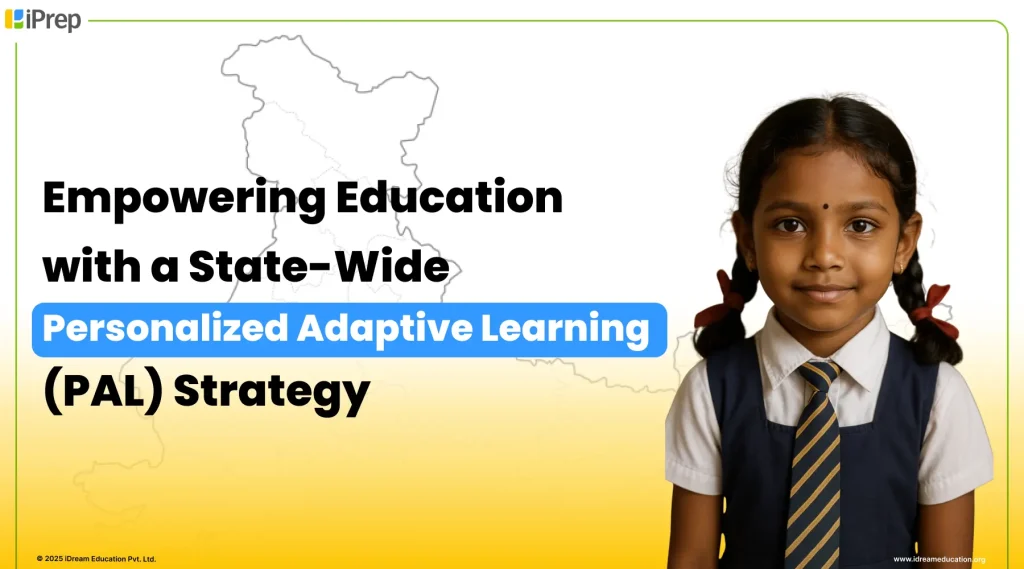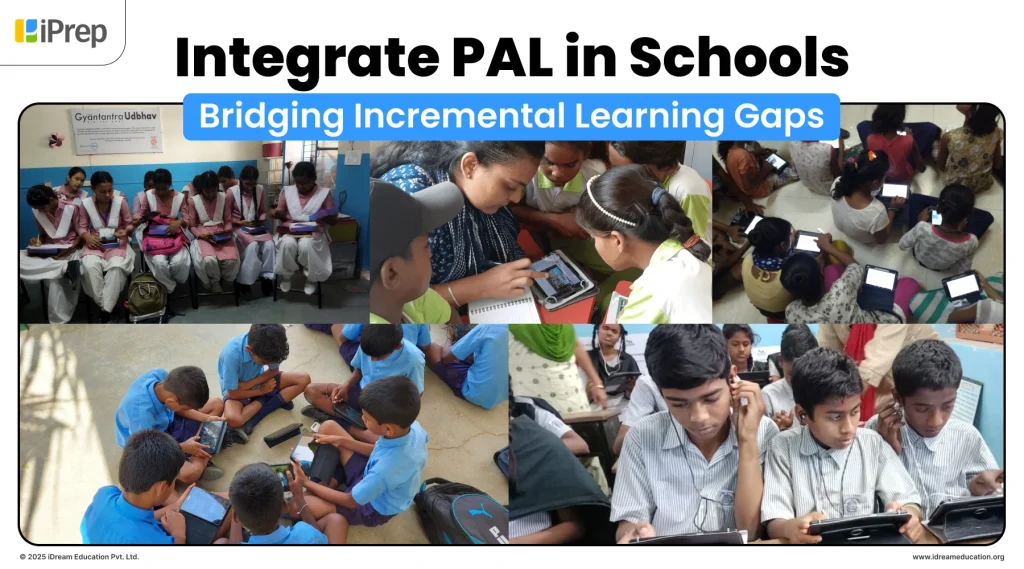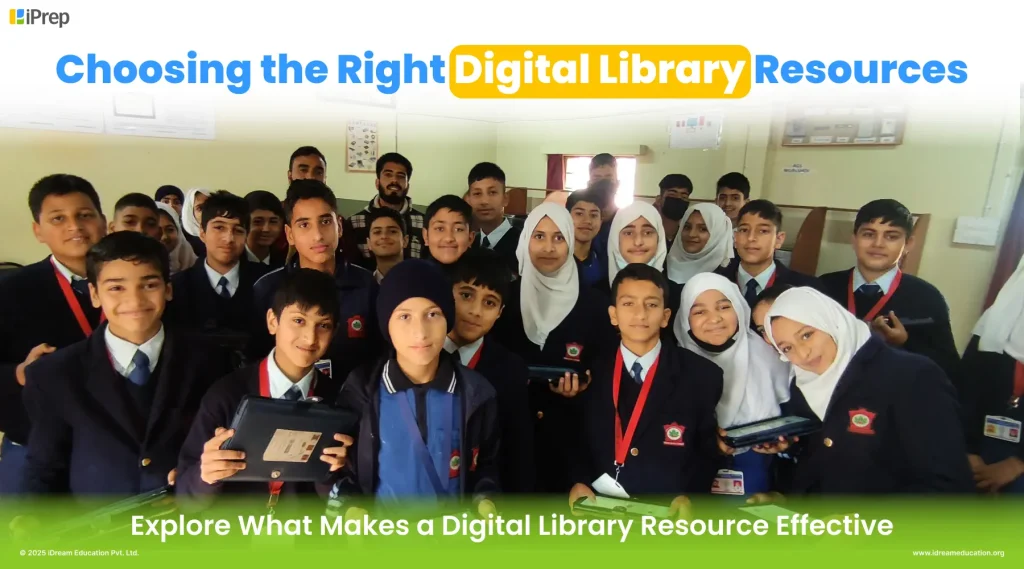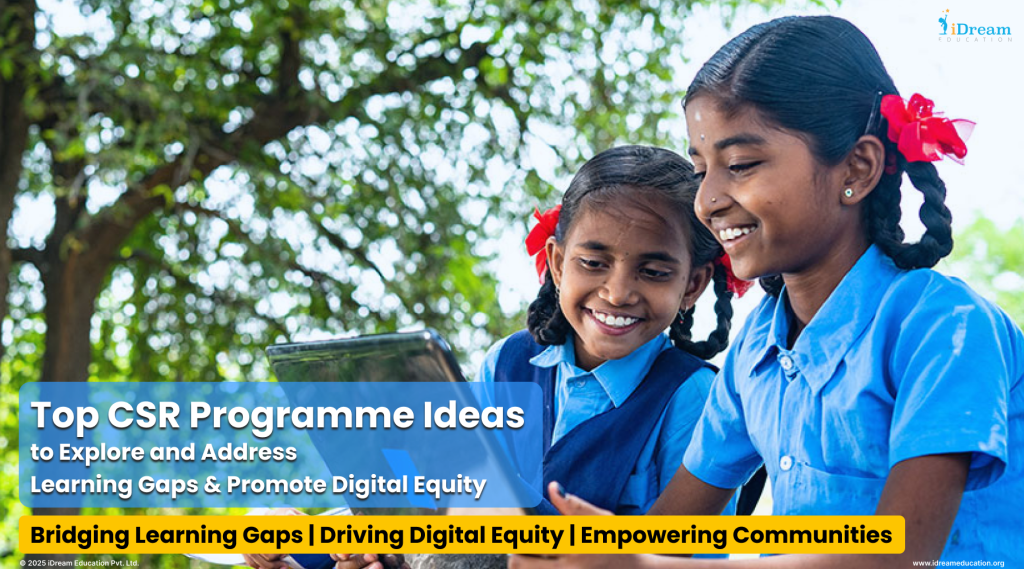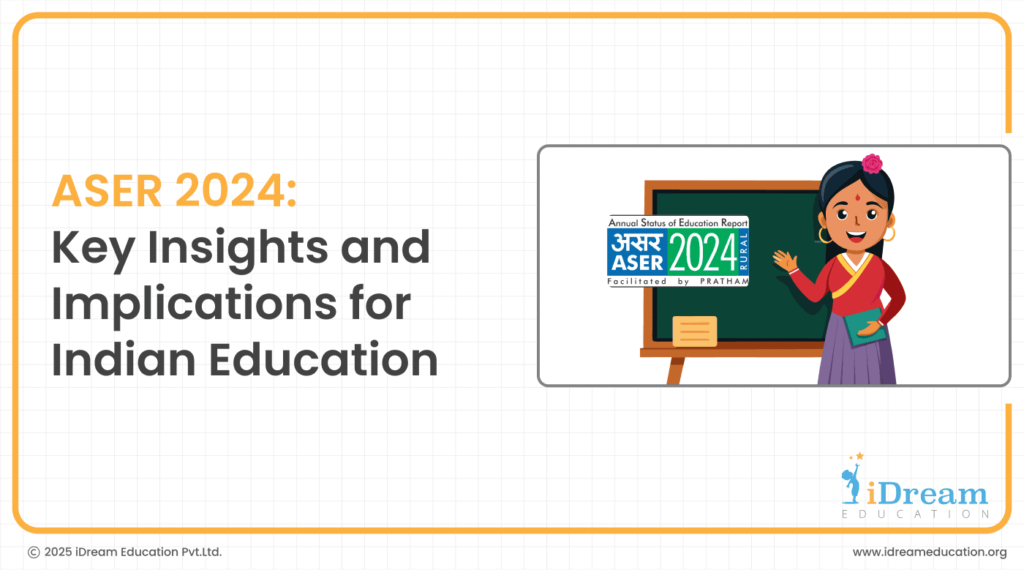
The 2024 Annual Status of Education Report (ASER) comes at a crucial point for India’s education system. It gathers data on the education quality in rural regions, including student attendance, learning achievements, and digital accessibility.
Due to its granular, research-based findings,
The report helps shape education policies, guide implementation strategies, and drive meaningful interventions and CSR activities.
This year’s report underscores noteworthy progress in learning recovery after the pandemic. However, it also highlights a drop in enrollment and calls for collective efforts to ensure a high-quality education for all children.
How Does the ASER Survey Work?
ASER has been conducted annually since 2005. The report is prepared by Pratham Foundation’s autonomous research and assessment unit.
As a nationwide rural household survey, it assesses elementary reading skills, arithmetic abilities, school enrolment and attendance trends, along with other learning benchmarks.
The 2024 survey covered 649,491 children across 17,997 villages in 605 districts, marking its return to full-scale operations after disruptions during the pandemic.
School-based evaluations often miss children who do not regularly attend school. To close this gap, ASER reaches children in their homes across rural districts of India. As a result, we get a more realistic picture of how well children progress in academics and basic skills.
As for its method, the survey selects a diverse group to ensure the results represent different communities. It tests fundamental reading and math abilities using simple but powerful techniques.
Also read ‘ASER 2024 Report: Comprehensive Insights into India’s Education Landscape’ to learn more about how ASER works, regional disparities and successes reflected in ASER 2024.
If you want to have a look at the previous year’s report. You can check the article on the ASER 2023 report here.
Important Findings from the 2024 ASER Report
The ASER 2024 report offers key insights across three age groups: pre-primary (3-5 years), elementary (6-14 years), and higher secondary (15- 16 years). Here is the gist of the key findings you must know:
1. Enrolment and Attendance Patterns
One of the key takeaways is the high level of school enrolment across rural India. The report shows that:
- Overall, enrolment remains strong, with over 97% of children aged 6-14 attending school.
- Government school enrolments have significantly risen, marking the fourth straight year of growth. This trend reverses prior patterns that favoured private schools.
- Attendance patterns vary across states, with some regions declining due to socioeconomic factors, seasonal migration, and post-COVID disruptions.
- There is a persistent gender gap in enrolment in several states, particularly at the secondary level.
- Average attendance is at 71% in primary grades.
2. Learning Outcome Assessment
While enrolment is high, learning outcomes remain a major problem. ASER 2024 shows growing challenges in foundational learning:
- Basic Reading: A significant number of Class 3 students struggle to read a Class 2-level text.
- Arithmetic: Many students in Class 5 and beyond could not perform fundamental arithmetic problems, such as subtraction and division.
- Gender and Regional Disparities: Learning levels are still uneven across states, and in some regions, girls lag behind boys in key subjects.
3. Digital Learning Access and Impact
The adoption of digital learning tools is on the rise. In this context, ASER 2024 examines how technology is shaping education:
- Smartphones are becoming highly available in rural households, increasing dramatically from 36% in 2018 to 67% in 2024.
- Despite this, only 31% of students report regular access to these devices for learning purposes.
- Boys engage with smartphones more than girls.
- Schools integrating structured digital learning approaches show measurably better learning outcomes.
- Advanced solutions like iPrep are making digital learning more accessible, helping students overcome foundational gaps through personalised learning solutions.
2024 ASER Report: Regional Disparities and Success Stories
Let’s go over the regional disparities in foundational literacy and numeracy (FLN) across India as highlighted by the report:
- Southern states continue to perform better. Tamil Nadu and Kerala are showcasing strong FLN skills development.
- In the national average in multiple parameters, Himachal Pradesh and Punjab have consistently outperformed the rest.
- Bihar, Uttar Pradesh, and Madhya Pradesh continue to struggle with lower learning levels in rural schools.
- The performance gap between the highest-performing states (Mizoram and Himachal Pradesh) and the lowest-performing states (Bihar and Telangana) has widened.
Some Success Stories
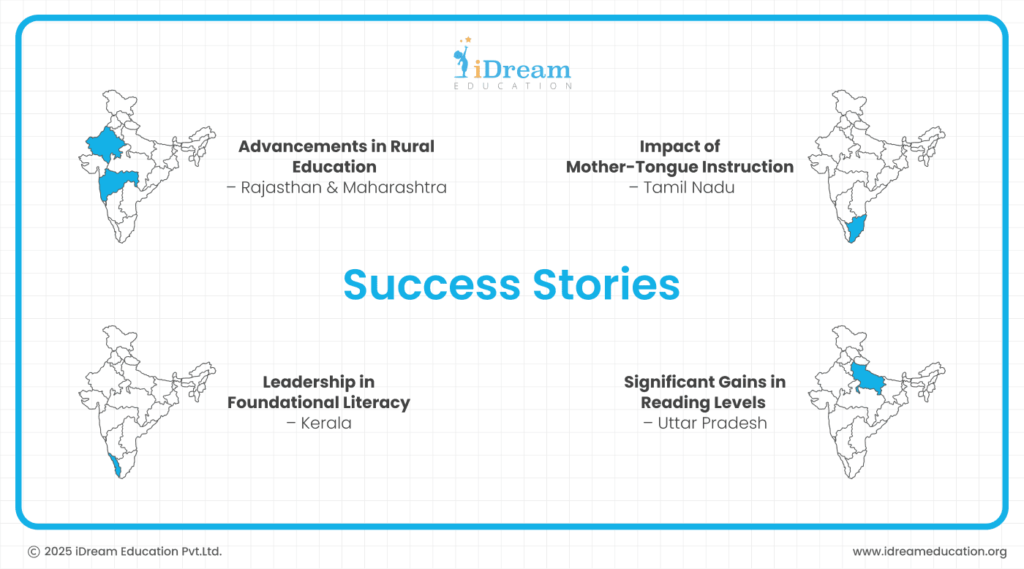
Here are some inspiring accounts that denote India’s stride towards a well-rounded education:
- Advancements in Rural Education – Rajasthan & Maharashtra: Innovative education policies, comprehensive digital learning programmes, CSR activities, and community-driven initiatives lead to measurable improvements in Rajasthan and Maharashtra.
- Leadership in Foundational Literacy – Kerala: On the other hand, Kerala leads the nation in foundational literacy in rural areas, with over 64% of Class V students able to read a Class II-level text.
Its success is attributed to strong parental involvement, vernacular medium education (Malayalam), and consistent investment in government schools. - Impact of Mother-Tongue Instruction – Tamil Nadu: The state has excelled due to its focus on mother-tongue instruction.
- Significant Gains in Reading Levels – Uttar Pradesh: This state recorded the highest gains in reading levels among government school students, with a 15% improvement from 2018 to 2024.
ASER 2024: What Are the Implications for Educational Stakeholders
The ASER report findings have multiple takeaways for various stakeholders in India’s education ecosystem:
1. Policymakers and Government Bodies
- The need for a stronger early-grade curriculum, focusing on phonics-based reading programs and activity-based learning in primary schools, is evident.
- Implementing regular, standardised learning assessments can identify gaps early.
- Greater investment in teacher training can improve classroom instruction and learning results.
- Resources should be allocated based on learning needs rather than uniform distribution.
- Policies should focus on bridging digital divides and ensuring that rural schools and economically disadvantaged students can access quality digital learning tools.
2. Schools and Educators
- Schools have to use remedial learning techniques to enable students to make up for missed FLN development.
- Instead of just finishing the curriculum, they have to concentrate on guaranteeing grade-appropriate learning.
- Teachers can include blended learning techniques into their lessons using digital tools as iDream Education’s tailored K12 learning app, iPrep. Furthermore, iDream Education also helps teachers by offering tools and training on using adaptive learning technologies, so empowering them to use technology in their classrooms.
- Drive improved retention and understanding by means of interactive, practical learning experiences that enhance student involvement.
- Use methods of instruction that fit various learning stages within the same class.
3. Parents and Communities
- Supporting children’s learning, especially in early grades, depends heavily on parental participation.
- Community-driven projects such as after-school learning programmes and local reading clubs can enhance formal education.
- Affordable digital tools, such as smartphone-based learning apps for at-home study, can greatly enhance learning results.
- The survey indicates that by regularly interacting with their children’s education, even parents with low educational backgrounds can help to improve their children’s academic performance.
The report shows that even parents with limited educational backgrounds can positively influence their children’s academic performance by continuously engaging with their children’s education.
The Path Forward
ASER 2024 key insights make it clear that tackling India’s learning crisis calls for a multi-pronged approach:
- Strengthen the Foundations: First, we must ensure that every child can read and perform basic arithmetic by Class 3.
- Offer Personalised Learning: To address the stark difference in classroom achievement levels. We must focus on adaptive digital solutions that adjust to each child’s learning level and pace.
- Develop Targeted Learning Methodologies: For instance, implement tools like iPrep PAL that offer diagnostic tests and adaptive learning paths that cater to individual student needs.
- Choose Inclusive Education: Teachers and schools must focus on providing bilingual resources to support students from vernacular backgrounds.
- Increase Teachers’ Capacity: We must hire and train more teachers to address learning gaps and manage multi-level classrooms. We should aim for a one-teacher-per-ten-student ratio.
- Focus on Collaborative Effort: Policymakers, educators, parents, NGOs, and EdTech innovators must work together to reach the remotest corners of India and upskill talents.
- Improve Digital Learning: Most importantly, we must strengthen the mandatory digital learning ecosystem beyond basic access to devices. We must develop solutions that work offline, support multiple languages and co-curricular skills, align with the curriculum, and include strong assessment tools.
Key Takeaway
As we reflect on the ASER 2024 findings, we are reminded that every child deserves the opportunity to learn and grow. The report presents both challenges and opportunities for Indian education.
While the learning crisis remains somewhat severe, the report also identifies pathways to improvement through focused methods and appropriate technology integration, as well as collaborative efforts across stakeholders.
Platforms like iPrep from iDream Education play a critical role in this journey. Here’s how:
- Personalised learning: iPrep, the Learning Super App, adapts to students’ pace with NCERT/State Board-aligned content.
- Multilingual Support: Offers learning in Hindi, Tamil, Gujarati, Marathi, Kannada, Bengali, Telugu, and Oriya.
- Rich Content Library: Includes animated video lessons, interactive classes, syllabus books, simulations, and audiobooks.
- Offline Learning: Ensures uninterrupted access to education in low-connectivity areas.
- Teacher and Student Empowerment: Digital tools help track students’ progress and personalise lessons accordingly.
- Comprehensive Solutions: The iDream Education’s expert-driven suite of solutions includes smart classrooms, a digital library with a charging rack and pre-loaded content, personalised adaptive learning (classes 3 to 12), preloaded learning devices with a monitoring app, and more.
To learn how we can solve the challenges highlighted by ASER, contact us now!



